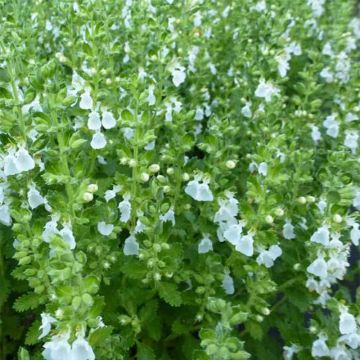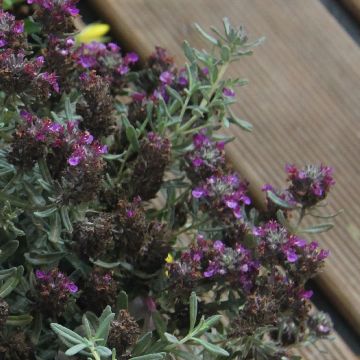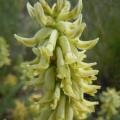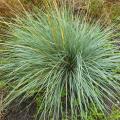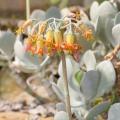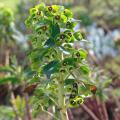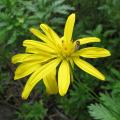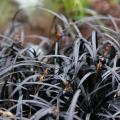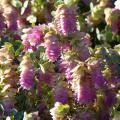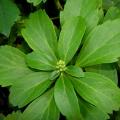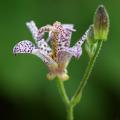Teucrium
Would this plant suit my garden? Set up your Plantfit profile →
Available in 1 sizes
Available in 1 sizes
Available in 1 sizes
Available in 0 sizes
Available in 2 sizes
Available in 2 sizes
Available in 1 sizes
Available in 2 sizes
Available in 1 sizes
Available in 2 sizes
Available in 1 sizes
Available in 2 sizes
Available in 2 sizes
Teucrium genus is mainly Mediterranean, comprising around a hundred species of perennial sub-shrubs, including the oak germander (Teucrium chamaedrys) and shrubs, such as Teucrium fruticans known as the woody germander, to name just a few of the most commonly planted in our gardens. They belong to the Lamiaceae family (or Labiatae), as evidenced by their small two-lipped flowers and slightly aromatic foliage when crushed. Teucriums have evergreen or deciduous leaves in winter, depending on the species. They are mostly hardy plants, requiring full sun, well-drained and poor soil, and are well adapted to the Mediterranean climate. In Teucrium, flowering can occur in spring or even winter, but rarely in summer, which reflects their adaptation to long dry summers. The flower colour can be white, pale yellow (in Teucrium flavum), or various shades of pink or blue: for example, in Teucrium fruticans 'Azureum', the deep blue flowers form a beautiful combination with the small evergreen leaves in a silver-grey colour from February onwards. Among the Teucrium species, there are many beautiful rockery and border plants (Teucrium x lucydris, T. cossonii, T. marum, etc.), which are valuable for landscaping dry gardens and arid rocky areas in the garden. Their cultivation requirements are the same as those of woody thymes, rosemary, lavender, and cistus.
Haven't found what you were looking for?













































